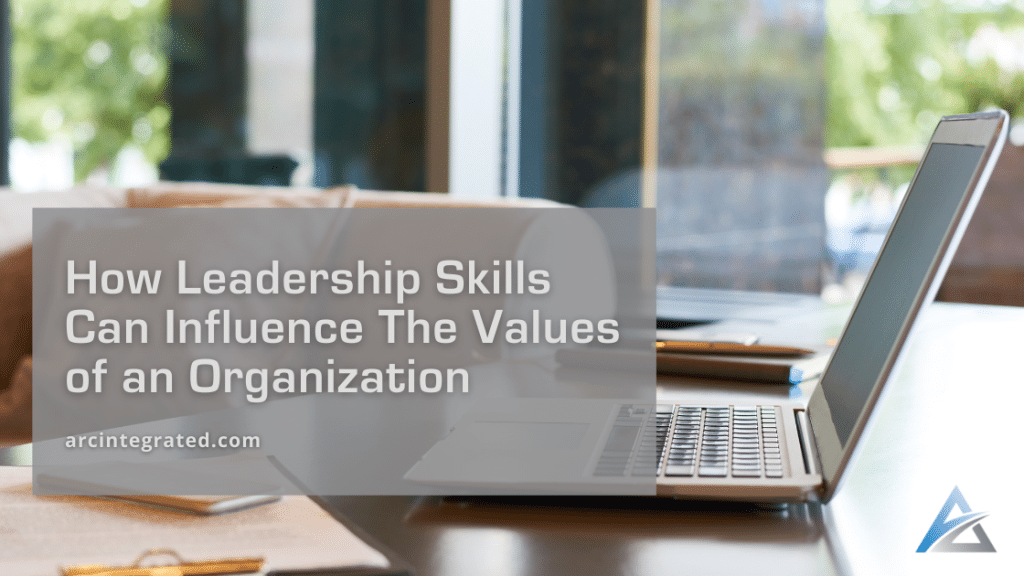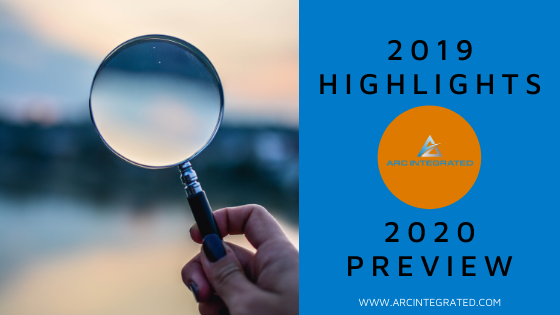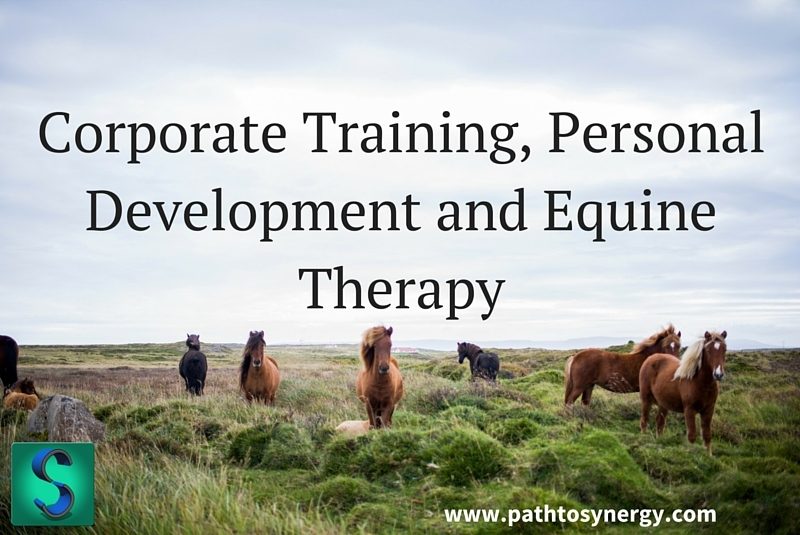5 Ways Leaders Can Create Resilient Company Cultures

With what is going on in the world today, we are definitely living through a time and age that most of us have never experienced before. Given all the chaos and uncertainty over the past few years, resilience plays a huge role in benefiting us not only as leaders but as human beings. Resilient employees […]
Is Team Building a Waste of Money?

At Arc Integrated, we’re often asked whether team building is just a drain on resources. The truth? It can be—if it’s not approached with strategic intent. As leaders in enhancing team dynamics and organizational culture, we’ve seen what works and what doesn’t over the last decade. Today, we’re thrilled to share five tested strategies that […]
How to Lead Extraordinary Meetings

Nothing speaks to creating peak performing cultures more than making sure, as a leader, you are able to generate effective, and productive meetings. In this article, we will be sharing five tips on how you can lead extraordinary meetings. This is important to get a good grasp of because according to MIT, the average executive […]
How Leadership Skills Can Influence The Values of an Organization

As you may know, leaders have an outstanding impact on organizational culture. Many leaders don’t even realize how much of an influence they have. They are responsible for efficiently guiding organizational goals and achievement, while also ensuring that their team is utilizing their skills to produce the desired productivity level. Leadership should be happening at […]
How to Improve Your Leadership Skills in the Workplace (When We’re All Working Remotely)

Let’s face it, working remotely can be pretty great and it has its benefits. We can have a better work-life balance, healthier lifestyle, and we even get to save more money (no more transportation to the office, no office rental fees, etc)! But does something feel a little off? Perhaps you’re finding yourself to be […]
2019 Highlights – 2020 Preview – Arc Integrated

Greetings and Happy New Year! I hope that the first few weeks of 2020 have been a success. It was an exciting year in 2019 and there are some wonderful upcoming releases and events from Arc Integrated in 2020. As I look back on the last year, here are some the highlights of 2019: Traveled […]
The Best Listener at Work

You may wonder why being a good listener at work is really valuable. However, if you experiment with improving your workplace listening skills, you will see changes. In the fast past, high demand jobs so many of us have, really good listening may be something of a novelty. This may because of the ever-impending deadlines, […]
The Value of Showing Up

One of the first rules of life – show up. What does this mean exactly? I believe it can mean lots of things but perhaps first it means, give it your all. Always be participating in your life rather than being a passive observer. This is great advice, however, this article is more about […]
Corporate Training, Personal Development and Equine Therapy

Based on the title you may be thinking that these things are totally un-related, but you’re here, so thank you! I lead a group therapy session a couple of times a week with about 10 attendees and the topic of animals and our connection to them recently came up. We discussed different kinds of therapy […]
Beat the Post Vacation Slump!

It’s that time of year. You may have recently returned from a trip, visiting relatives, vacationing with friends, or maybe just enjoying a few days off. However your holidays were spent, I hope they were rejuvenating and enjoyable. Getting back to the grind can be a challenge. I’ve certainly experienced it and I know many […]